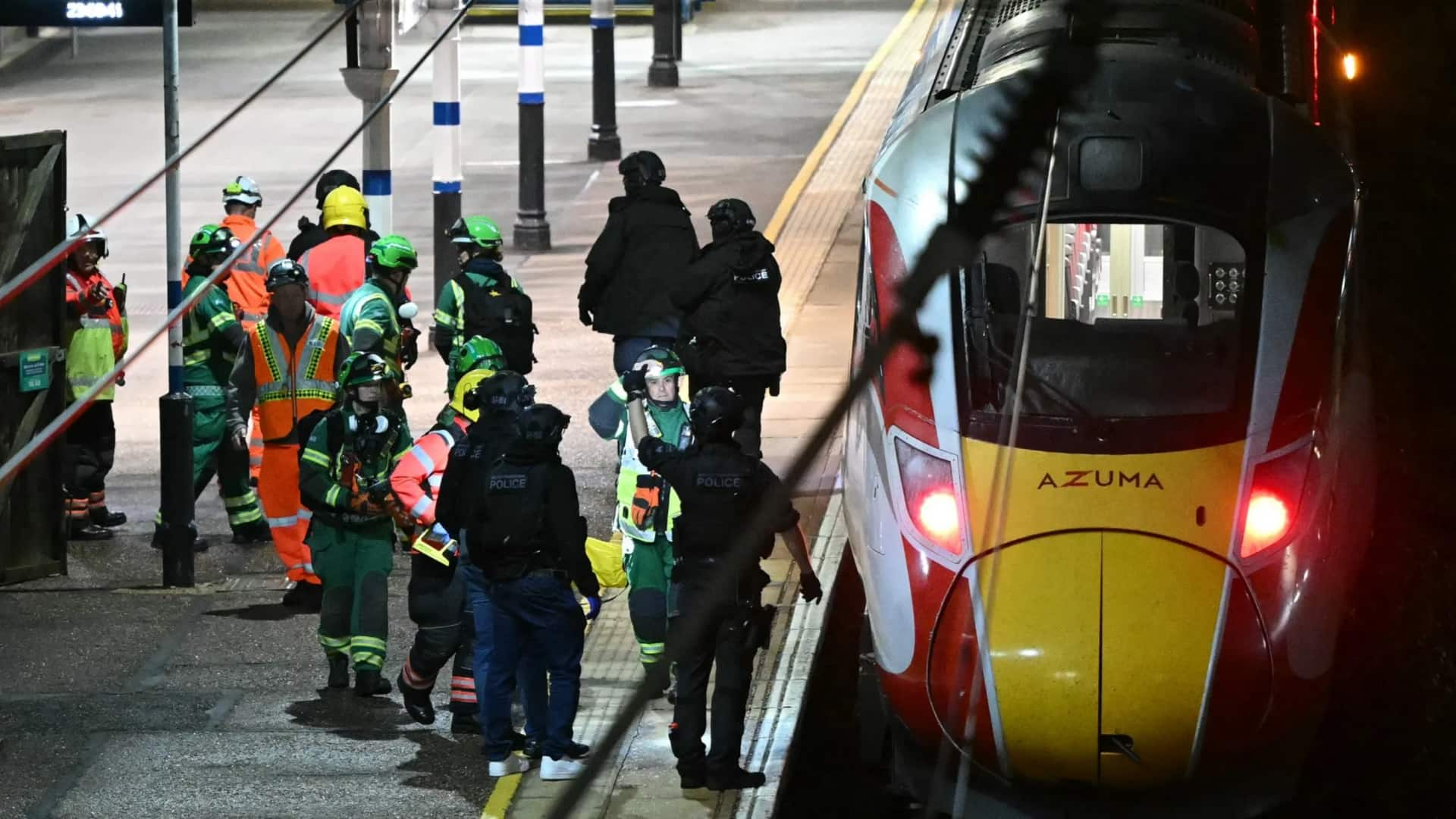Recent satellite imagery has provided a stark view of the destruction across the Gaza Strip, highlighting the severe impact of ongoing conflict on the region’s infrastructure and communities. The images reveal flattened buildings, damaged roads, and widespread destruction that has left residents grappling with loss and uncertainty. This data offers a critical perspective on the humanitarian situation and the scale of devastation that is affecting thousands of families.
The scale of destruction revealed from above
Satellites have been a vital resource for evaluating the effects of warfare in areas where direct access is restricted. In Gaza, these images display whole communities turned into debris, with residences, educational institutions, and healthcare centers heavily damaged or demolished. The detailed images supply unmistakable proof of the physical devastation that has taken place, illustrating the magnitude of the crisis in ways that traditional journalism cannot fully convey.
The damage is not limited to residential areas. Roads, bridges, and other infrastructure have been affected, hindering the delivery of aid and complicating efforts to provide essential services to those in need. Utilities, including electricity and water systems, have also been impacted, further exacerbating the humanitarian challenges faced by local communities. These visual records underscore the immense difficulty of rebuilding and restoring normalcy for Gaza’s population.
Humanitarian consequences of widespread damage
El daño mostrado por las imágenes satelitales no es solo una señal visual; refleja una grave crisis humanitaria. Miles de familias se han visto obligadas a abandonar sus hogares, buscando cobijo en alojamientos temporales o con familiares. El acceso a alimentos, agua potable y atención médica es insuficiente, y el impacto psicológico de la devastación en los habitantes, especialmente en los niños, es profundo.
Hospitals and clinics that have sustained damage are struggling to provide care for the injured and those with ongoing medical needs. International aid agencies are working to deliver relief, but the damage to infrastructure, combined with security and access challenges, slows the distribution of critical resources. The images provide tangible evidence to the international community of the urgent need for humanitarian assistance and coordinated relief efforts.
Images from satellites as a method for responsibility and rebuilding
Beyond documenting the immediate damage, satellite images play an important role in long-term planning, accountability, and reconstruction. By providing objective visual records, these images can help identify areas most in need of urgent intervention, guide reconstruction efforts, and monitor the progress of rebuilding initiatives over time. They can also serve as evidence in discussions of accountability, allowing organizations and governments to assess the scale of destruction and plan for reparations or international aid allocation.
Reconstructing Gaza demands significant resources, meticulous planning, and global cooperation. Satellite information can guide choices on where to prioritize rebuilding, which infrastructure needs immediate attention, and how to organize initiatives to reinstate essential services. The images additionally emphasize the determination of local populations, many of whom persist in living under challenging circumstances while exploring methods to recuperate and reconstruct their lives.
The broader context of conflict and its implications
The damage revealed by satellite images is a reminder of the ongoing conflict’s human cost and the broader geopolitical challenges in the region. Gaza has long faced cycles of violence that have repeatedly disrupted lives, destroyed infrastructure, and left communities vulnerable. Each episode of conflict leaves lasting impacts, not only on physical structures but also on the social fabric, economy, and overall stability of the region.
International monitors and relief agencies persist in emphasizing the necessity of tackling both urgent needs and sustainable solutions. Avoiding further intensification, delivering vital assistance, and aiding in rebuilding are essential to alleviating the persistent human distress. Satellite images are instrumental in these endeavors, providing accurate and current data to inform relief activities and policy choices.
Restoration and reconstruction work
The satellite images of Gaza underscore the urgent need for coordinated humanitarian and reconstruction efforts. While the scale of destruction is daunting, these images also serve as a call to action for governments, NGOs, and international organizations to prioritize relief, reconstruction, and sustainable development in the region.
As the process of reconstruction starts, satellite information will persist in offering important insights about which regions need urgent focus and how to distribute resources efficiently. In addition to the physical restoration, it will be crucial to attend to the social, economic, and psychological needs of impacted communities for sustainable recovery. The photographs provide not only a glimpse of the current destruction but also a guide for the efforts necessary to reestablish normality and bolster the strength of the residents in Gaza.
Satellite images have shown the widespread destruction throughout the Gaza Strip, highlighting the gravity of the humanitarian situation and the obstacles to come. Although the devastation is significant, these photos also offer essential insights for organizing rebuilding efforts, distributing assistance, and meeting the immediate requirements of those impacted. The following months will demand ongoing global attention, streamlined recovery measures, and an emphasis on reconstructing both infrastructure and the lives of individuals affected by the strife.





